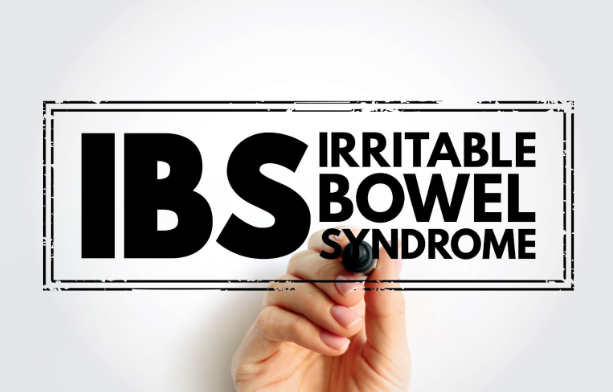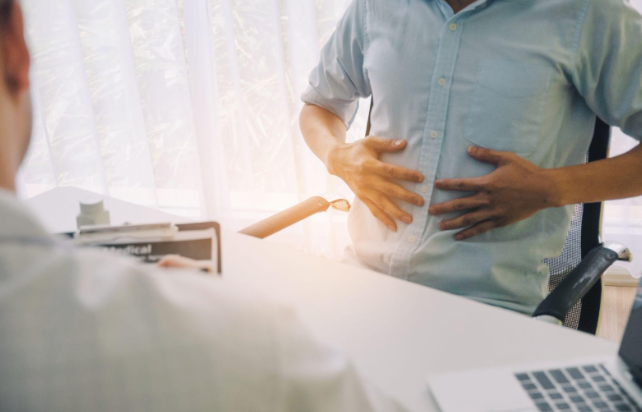Demystifying Capsule Endoscopy: The Key to Diagnosing Hidden GI Conditions

If you’ve been dealing with persistent digestive issues—like unexplained bleeding, abdominal pain, or chronic fatigue from low iron levels—you may have been told about a test called a capsule endoscopy. The name alone might sound intimidating, but in reality, this procedure is simple, comfortable, and incredibly effective at helping doctors see what traditional scopes often miss.
At Northlake Gastroenterology Associates, we believe that understanding your diagnostic options helps reduce anxiety and empowers you to take an active role in your health. In this article, we’ll explain what capsule endoscopy is, why it’s used, and what you can expect before, during, and after the procedure.
What Is Capsule Endoscopy?
A capsule endoscopy is a revolutionary way to examine your digestive tract—specifically, the small intestine, which is one of the most challenging areas to view with traditional scopes.
Here’s how it works: you simply swallow a capsule about the size of a large vitamin pill. Inside the capsule is a miniature camera, light, and transmitter. As the capsule travels naturally through your digestive system, it captures thousands of high-quality images. These images are sent to a small recording device you wear on your waist or shoulder throughout the day.
Once the capsule has passed through your body (usually within 24 to 48 hours), your doctor downloads the images and reviews them to detect any abnormalities, such as bleeding, inflammation, ulcers, or tumors.
Why Is Capsule Endoscopy Performed?
Your gastroenterologist might recommend capsule endoscopy if other tests—such as a traditional endoscopy or colonoscopy—haven’t provided answers. It’s particularly useful for examining the small intestine, which lies between the stomach and the colon and can be difficult to evaluate with standard procedures.
Common reasons for a capsule endoscopy include:
- Unexplained gastrointestinal bleeding: If you have signs of bleeding in your digestive tract, but the source can’t be found with upper or lower scopes.
- Iron deficiency anemia: Chronic low iron levels can sometimes result from hidden bleeding in the small intestine.
- Chronic abdominal pain or diarrhea: To help identify inflammatory or structural issues in the small bowel.
- Suspected Crohn’s disease: To look for inflammation or ulcerations in areas not reachable by standard endoscopy.
- Tumor or polyp detection: To screen for small growths that may otherwise go unnoticed.
In short, capsule endoscopy helps “fill in the gaps” when other diagnostic methods can’t reach the areas that need to be examined.
What Happens Before the Procedure?
One of the best things about capsule endoscopy is how easy it is to prepare for.
Your doctor will give you detailed instructions before your test, but here’s what most patients can expect:
- Fasting: You’ll usually need to stop eating and drinking for 10–12 hours before the procedure so your digestive tract is clear.
- Medication adjustments: Certain medications may need to be paused or rescheduled. Your doctor will review this with you ahead of time.
- Bowel preparation: Some patients may be asked to take a mild laxative the night before to ensure clear images.
- Comfortable clothing: You’ll want to wear loose-fitting clothes to accommodate the small sensor belt or patches used to receive images.
These simple steps help ensure that your doctor gets the clearest possible view of your small intestine.
What to Expect During the Procedure
The procedure itself is remarkably straightforward and painless.
- Swallow the capsule: You’ll swallow the camera capsule with a glass of water—just like taking a pill.
- Wear the recording device: Your healthcare provider will attach small adhesive patches or sensors to your abdomen and connect them to a recording device worn on a belt or shoulder strap.
- Go about your day: You’ll be able to move around freely, though you should avoid strenuous activity, bending over frequently, or lying completely flat. You’ll also need to avoid eating or drinking for the first few hours after swallowing the capsule.
- Return the equipment: After about eight hours, you’ll return to the clinic to have the equipment removed.
The capsule itself will pass naturally through your stool, usually within 24 to 48 hours. You won’t feel it move through your system or need to retrieve it afterward.
Benefits of Capsule Endoscopy
Capsule endoscopy has become one of the most advanced tools for diagnosing hidden gastrointestinal conditions—and for good reason.
Key advantages include:
- Non-invasive: No sedation, incisions, or recovery time required.
- Comprehensive imaging: Provides a detailed look at the entire small intestine, an area traditional scopes can’t fully reach.
- Comfortable: You can go about most of your normal daily activities during the test.
- Accurate diagnosis: Helps detect sources of bleeding, inflammation, or disease that might otherwise go unnoticed.
For many patients, capsule endoscopy is a game-changer—it can finally explain symptoms that have been lingering for months or even years.
Are There Any Risks?
Capsule endoscopy is very safe, but as with any medical procedure, there are a few small risks to be aware of:
- Capsule retention: In rare cases, the capsule may get stuck in a narrowed area of the intestine, especially in patients with strictures from Crohn’s disease or prior surgery. If this happens, your doctor will discuss safe ways to remove it.
- Image limitations: Very rarely, debris or rapid movement of the capsule may limit image clarity.
- Incomplete study: Occasionally, the capsule may move too quickly or slowly, and not capture all necessary images before its battery runs out.
Your gastroenterologist will review your medical history to ensure capsule endoscopy is the right choice for you.
After the Procedure
Most patients can resume normal eating and drinking a few hours after swallowing the capsule. You can return to your usual activities immediately once the recording period is over.
Your doctor will review the images in the following days and discuss the findings with you at a follow-up appointment. Based on what’s discovered, your care plan may include medications, dietary adjustments, or additional treatments.
If you don’t see the capsule pass in your stool within two days, you should contact your doctor for guidance.
Why Choose Northlake Gastroenterology Associates?
At Northlake Gastroenterology Associates, our experienced team provides advanced diagnostic and treatment options for a wide range of gastrointestinal conditions. Capsule endoscopy is just one of the many cutting-edge tools we use to help patients find answers quickly, comfortably, and accurately.
We combine state-of-the-art technology with compassionate, patient-centered care—so you feel informed, supported, and confident at every step of your digestive health journey.
Final Thoughts
Capsule endoscopy is a simple, painless way to explore the hidden areas of your digestive system that standard procedures can’t reach. For patients struggling with unexplained symptoms, it can be the key to uncovering the root cause and creating an effective treatment plan.
If you’ve been living with chronic digestive issues or need more clarity about your condition, contact Northlake Gastroenterology Associates today to schedule a consultation. Our team is here to help you get the answers you need—and guide you toward better digestive health and peace of mind.
More Blogs












